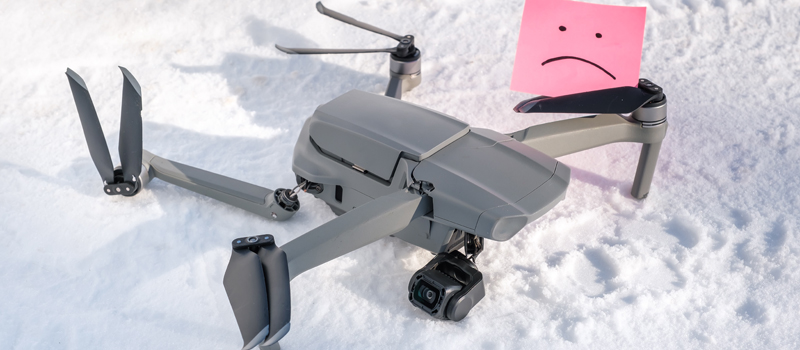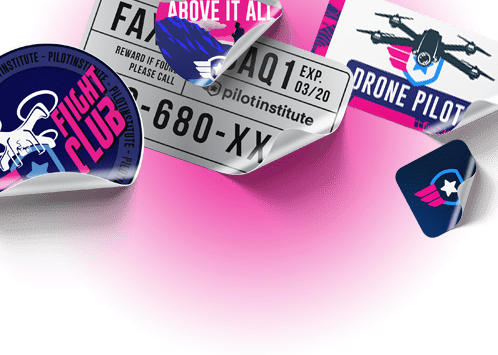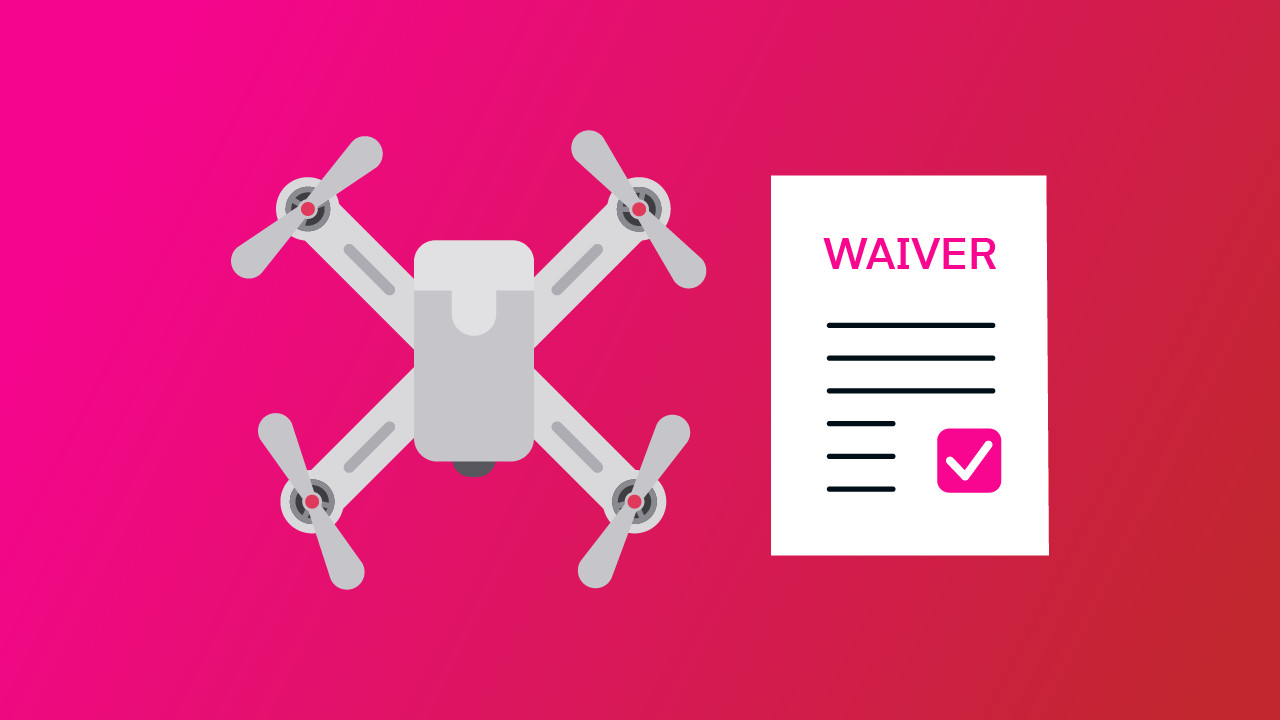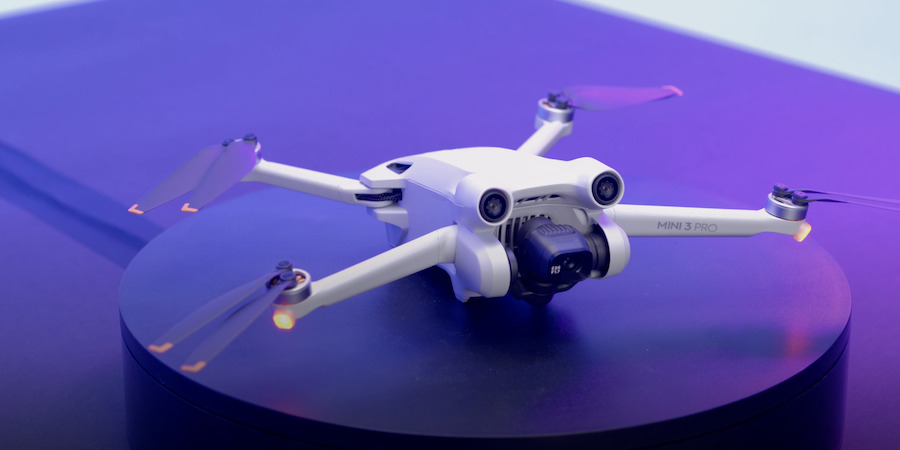If you asked any drone pilot what their biggest fear was with regards to drone flight, it would be either crashing their drone in water or losing them with no trace. While water damage is likely the consequence of an accident, losing a drone can be prevented if you had thought of placing a tracker on it.
Despite how cheap trackers are, there are still lots of drone pilots that do not use them. What happens if your drone flies away or crashes somewhere and you don’t have a tracker on it? Here are some tips on what you can do at that very moment.
How drones are lost
The best outcome, of course, is that you do not lose your drone at all. Preventing this means knowing the situations that make them more likely to happen.
For the most part, the drones and their controllers can maintain a very stable connection. As long as this connection is not severed, you will be able to tell exactly where your drone is even if it crashes. Drone loss happens when the controller can no longer receive signals from the drone which would have helped locate it.

In many cases, the loss of a drone happens when the drone flies away uncontrollably. A “drone flyaway” typically happens when there is signal interference between the drone and controller or if the drone cannot get a GPS lock. As the drone flies further away from the controller, it becomes less likely to re-establish this connection.
An impending drone flyaway is easy to spot. You will likely observe the video signal getting choppy before the signal completely disappears. At this point, you can either try to move closer to the drone to get a more stable transmission, fly the drone home, or activate the Return to Home (RTH) feature.
If none of these work, you might have to face the prospect of losing your drone.
How to recover your drone
There are several things you can do to help you recover your drone. Depending on how immediately you can react to the situation, you can massively improve the likelihood of being able to find it.
Take a screenshot
As soon as your video feed starts to get choppy, start taking screenshots or hit the record button on your controller. The last shot that your drone will capture before it completely drops off can give you a huge indicator of where it ends up. Take note that this might be a very brief moment. This is where keeping calm and maintaining your presence of mind could prove very instrumental.
Try to activate Return to Home
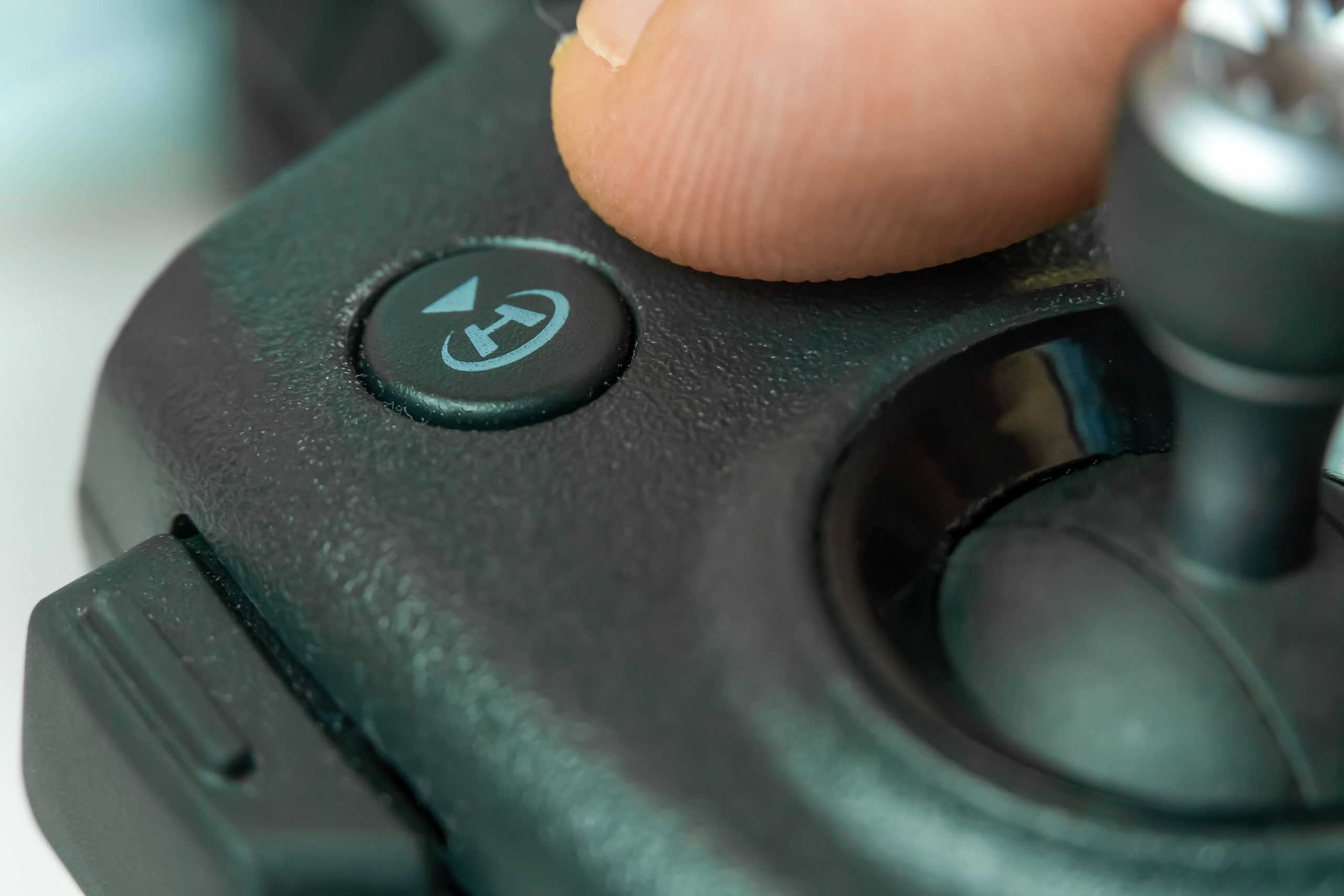
Even if you can no longer see the video feed from your drone, it’s still worth trying to active its Return to Home (RTH) feature. Drones use a different signal to receive user commands and transmit the video feeds from their cameras. If one has failed, the other might still be working. This is a last-ditch effort that can have your drone fly back close enough for you to regain control.
Use the telemetry and GPS data
You are now at the point where you can no longer detect your drone and it no longer responds to an RTH command. The next piece of information to check is the last GPS location recorded by your drone, as well as its last recorded telemetry data.
Obviously, the GPS location will allow you to approximate where the drone ended up. The telemetry data will also come in handy in telling you the direction that the drone was headed to as well as its altitude. This will help in estimating its trajectory as it crashed.
Don’t turn off your controller
As you move closer to where you suspect your drone crashed, it’s a good idea to keep your controller turned on. If your drone still has power, it should eventually be detected by your controller. Receiving telemetry data from your phone will be a huge help in narrowing down its location, even if it can no longer receive a GPS signal.
If your drone got snagged by a tree on its way down, it should likely be in a good position to reconnect with your controller. You’re quite lucky if this is the case. However, a particularly hard crash can result in the drone powering down. It might also end up at a spot where it cannot transmit any signals even if it still has power.
Use another drone
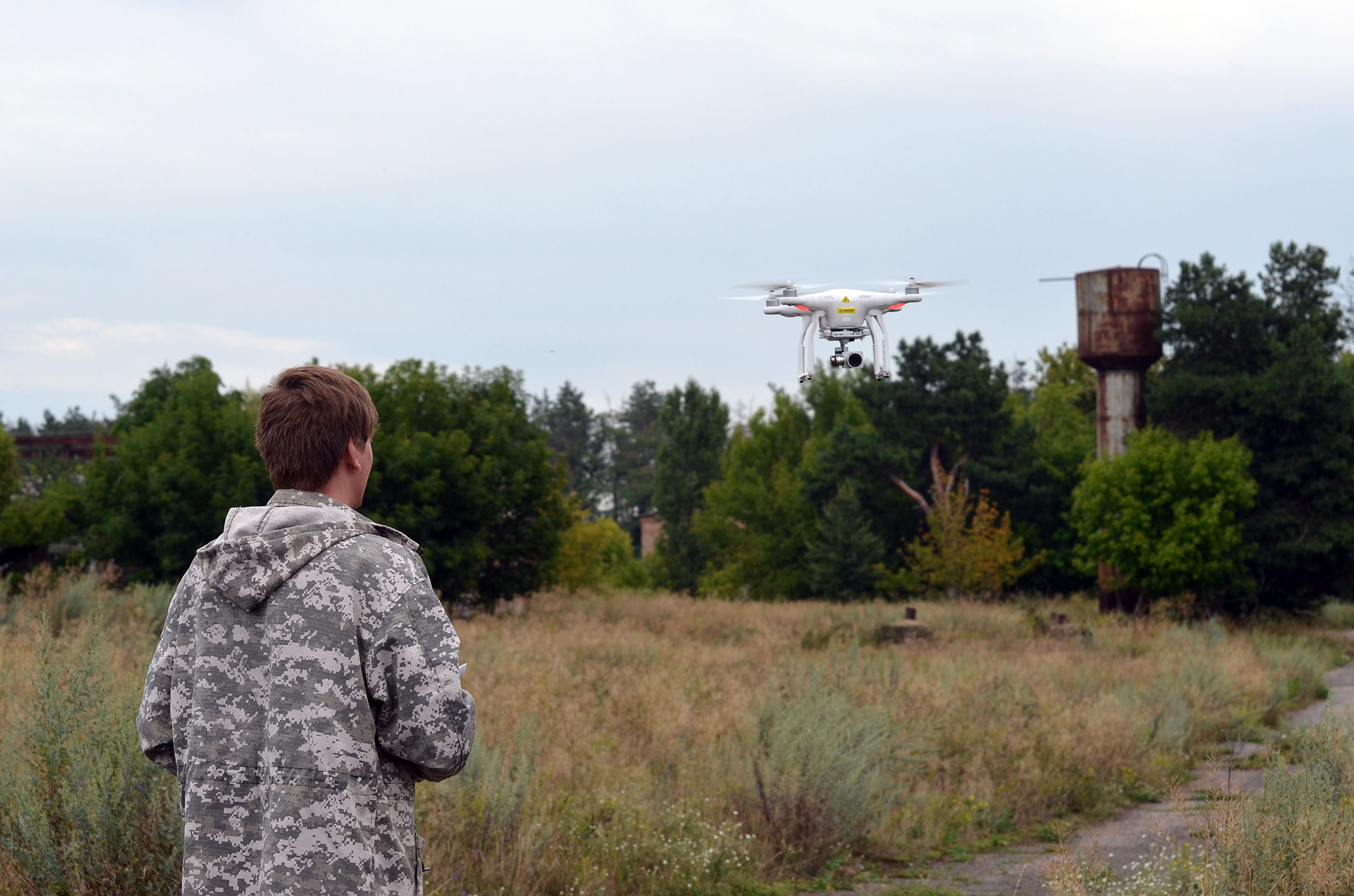
If you’ve already scoured the potential crash site of your drone on foot, it might be time to bring in some aerial assistance. Flying over the area with another drone can be a great help in finding the missing drone, especially if there is not a lot of vegetation.
It’s best to have this step done by another drone pilot. Hopefully, you can call for help from a friend or a fellow member of a local drone community. Someone who is not emotionally invested in the task will be able to approach it more objectively and systematically. Meanwhile, you can continue your efforts on the ground.
Ask for help
When all else fails, there is no other recourse but to look for your drone as you would any other missing object or person. If the area is populated, you can try asking around if there is a drone that crashed on their property. You can also place posters in the neighborhood. It’s best if you include a photo of your drone.
Using social media to help find your drone should be a given. Perhaps the neighborhood has an active social media page or chat group. Casting a net this wide will be more helpful if you provide as much information as possible. You can also consider offering a reward for anyone who can help you find your drone.
Lastly, you can try to file a report with the local law enforcement. There is a chance that they can come across an incident report of a crashed drone on someone else’s property, or someone may turn in your drone. No matter how small the chances are, it’s still worth the time to cover all your bases.
Check online posting for used drones
At this point, you have probably exhausted all means of locating your drone. Before completely abandoning hope, you can try to check the usual avenues for selling second-hand devices. You might just see your missing drone listed there. If you’re lucky, your drone is visually distinct enough that you can identify it via its picture.
Try and get in touch with the seller and state that the drone being sold is yours based on the serial number. This should make your music undeniable. You can always threaten the owner with legal action should they refuse to give back a drone that you unquestionably own.
Final thoughts
Whether you fly for fun or profit, losing a drone is tough. This is why we always recommend having redundancy in place so that you never end up losing it, such as a small GPS tracker. Accidents are unavoidable whenever you take a small contraption of plastic and metal up in the sky.
Depending on how quickly you can respond to the situation, it’s not impossible for you to still locate a drone that has gone missing. The key to responding calmly is being able to recognize what is happening and knowing exactly what to do.
